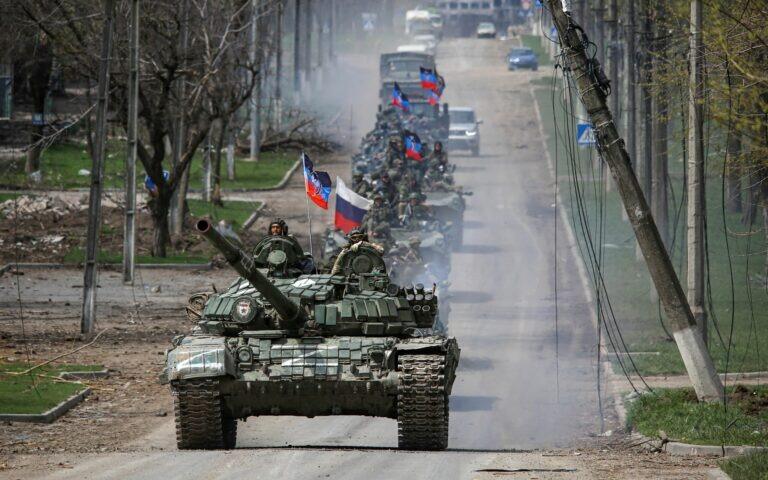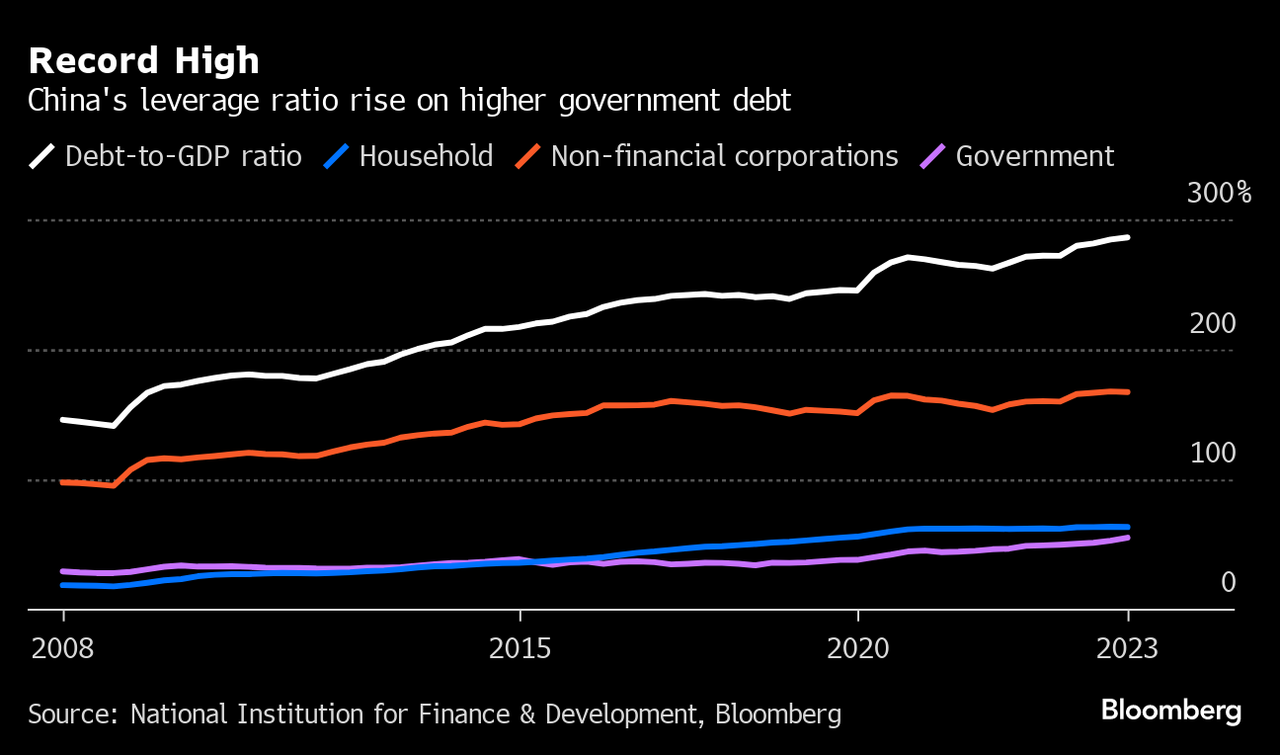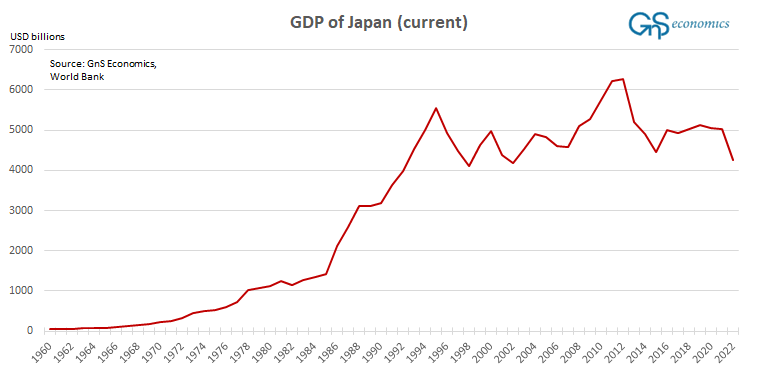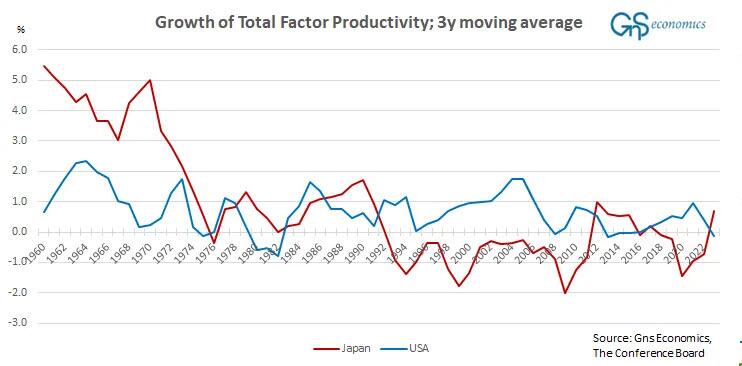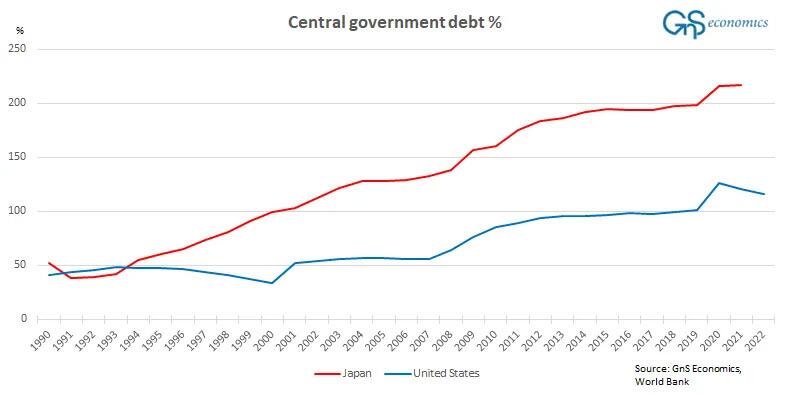Here's another WW3 is unavoidable article. The world has no use for such a war but the elites in the West want it.
Understanding this, what will China do? Blinken was recently in China to administer more menaces (before flying to Ukraine to play the guitar!) and Biden just signed a long list of tariff increases. Putin is in Beijing this week and probably will, on top of a warm welcome, get some actual support. Will it delay the war? Will Western countries get the message? Unlikely? What at this stage could cancel the ineluctable? If there ever was a good question to ask an advance AI, this one should be on top of the list.
Authored by Brandon Smith via Alt-Market.us,
There are two classic propaganda narratives used by governments when it comes to keeping the public invested in any war campaign that does nothing to advance their national interests:
First, there’s the “commitment” lie, which says that once you step in to support a war effort you then must stay exponentially committed, even if that war effort is exposed as pointless. Anytime the public pulls back from that war in a bid to reconsider what purpose it serves they are ridiculed for potentially “risking lives” and setting the stage for defeat. In other words, you must support the effort blindly. You’re not allowed to examine the conflict rationally, because who wants to be blamed for losing a war?
Second, there’s the “domino effect” lie, which says that if you allow a particular “enemy” to win in one conflict, they will automatically be emboldened to invade other countries until they own the entire planet. It’s the same claim used to trick the American populace into supporting the war in Vietnam and it rarely turns out to be true. In fact, nations that engage in regional wars tend to be so weakened by the fighting that they don’t have the means to move on to another country even if they wanted to.
In the US we heard both of these narratives heading into the recent congressional vote for billions more in monetary and logistical aid to Ukraine. Neocons and Democrats worked together to force the bill through with a percentage of true conservatives fighting to stop it. Those conservatives were attacked relentlessly by the media for “helping the Russians”, but the reality that no one in the mainstream wants to talk about is that Ukraine has already lost the war.
No amount of additional funding or arms shipments are going to help them, and it has nothing to do with conservatives questioning the validity of war spending. Anyone who has a basic understanding of military strategy knows that the key to winning is ALWAYS manpower first, logistics second. Not superior technology or armaments, not superior cash and certainly not popular support from foreign interests.
This is especially true in a war of attrition, and attrition is in fact the method being used by Russia to systematically whittle down Ukraine’s forces. However, the western media refuses to discuss what’s really happening and has been acting as a hype machine for Ukraine instead.
In September of 2022 I noted that the Russian pullback to the Donbas was not the “retreat” the western media made it out to be. Many establishment talking heads claimed that this was the beginning of the end for Vladimir Putin and that Ukrainian forces would be taking Crimea in the near future.
I argued that Russia was likely trying to consolidate its position as western artillery and tanks flooded into Ukraine. I also suggested that Russia wanted to avoid urban combat in major cities while tens-of-thousands of seasoned mercenaries were rushing to the front from the US and Europe. I predicted that the Russian pullback was in preparation for surgical strikes on western Ukraine’s resources and grid infrastructure.
With Ukraine’s grid heavily damaged, a large portion of the population would leave the cities and head for Europe until the war played out. Putin has specifically avoided major fighting within larger urban centers for a reason. Driving civilians out of metropolitan areas would make it easier for Russia to strike Ukraine in a secondary offensive without risking extensive collateral damage in the form of civilian casualties. This is exactly what has happened.
Almost 7 million Ukrainians left the country outright in the past 2 years, with another 6 million displaced (mostly from larger cities). Currently, Russia is moving to push civilians out of Kharkiv, Ukraine’s second biggest city, and they will probably be successful given their momentum and the destruction of water and power resources. With civilians out of the way a more aggressive attack can then be initiated.
Russia has been using an “artillery bubble” as a tool to protect ground forces as they push an advance. Meaning, troops will only attack as far as the artillery can reach. Artillery is vital to a large scale offensive. Coincidentally, Russia doubled its importation of explosive materials commonly used for artillery in the past several months. They are now reportedly producing triple the amount of artillery that NATO is providing to Ukraine.
Mainstream analysts claim the push towards Kharkiv move might be a feint, allowing Russia to increase the size of its buffer zone. They continue to assert that Russia doesn’t have the forces necessary for a major offensive. I would say it depends on how weak Ukraine’s defensive lines actually are. Russia has been consistently using large scale Pincer movements to envelop defensive positions and destroy them.
In the past two weeks alone Russia has gained considerable ground. Russian troops recently made confirmed advances northwest of Svatove (Luhansk Oblast), near Avdiivka (Donetsk Oblast), in Robotyne (Zaporizhzhya Oblast), and in east (left) bank Kherson Oblast, U.S.-based think tank Institute for the Study of War reported on May 6th. The reason for this is relatively simple – Ukraine lacks the manpower to effectively establish defense in-depth. All the reports coming from the front support this theory.
That is to say, Ukraine’s defensive lines are a facade with no secondary positions or trenches to stall Russian breakthroughs. Once the Russians cut the main line there’s nothing much stopping them from gaining large stretches of ground. Some analysts have blamed this development on a lack of Ukrainian foresight or strategic preparedness, but I would argue that they just don’t have enough people to defend more than a single forward line.
My position is backed by numerous reports of the government’s desperate struggles with conscription. For the past six months the average age of Ukraine recruits is 43 years old. Meaning, youth recruitment is waning, either because younger people don’t want to fight and are avoiding the draft by leaving the country, or too many have died.
The conscription problem has been hidden by the western media for many months now, but even corporate news platforms are starting to admit that there is a severe lack of new recruits. Front line fighters have been complaining for months that they need to be cycled away from the trenches and given rest.
Another bad sign is the fact that Ukraine has been using Special Forces soldiers for trench duty. These units are trained specifically for asymmetric hit-and-run warfare, not sitting in mud holes waiting for artillery strikes to rain down on their fixed and exposed positions. It seems like pure stupidity, but it makes sense if Ukraine is actually running out of people to hold their only defensive line.
The cover-up of massive casualties is something I mentioned in past articles on the war and I think it bears repeating: Western warhawks continue to claim that it will be “cheaper” to use Ukrainian soldiers to fight Russia than to fight a larger war down the road with American and European lives.
The sociopathy behind this rationale is disturbing. The lack of manpower in Ukraine cannot be solved. It is a product of endless death paid for with our tax dollars. NATO has prolonged the fighting with funding and arms, but not to win, only to sacrifice more people in a bloody conflict Ukraine is destined to lose.
Their argument also assumes that Americans and Europeans are going to jump blindly into military service in a war against Russia. I don’t know about Europeans, but I do know for a fact that most Americans are not going to buy in and will refuse a draft. The majority of the US public doesn’t even want to send further aid to Ukraine; they certainly aren’t going to go die for Ukraine. The arrogance of the warhawks is mind boggling.
The bottom line is this: Ukraine is about to be overrun. They didn’t have the manpower to effectively launch a counteroffensive. They don’t have the manpower to establish defense in-depth. And, they are using their most seasoned soldiers as cannon fodder in the trenches.
This dynamic demands that diplomatic solutions be entertained, but no one seems to be talking about that. Why?
As I theorized in my article ‘World War III Is Now Inevitable – Here’s Why It Can’t Be Avoided’, the underlying plan may very well be to try to force Americans and Europeans to accept an expanding war with Russia. The western public has been bombarded with lies about Ukraine’s ability to win; when they lose people will be shocked and incensed by the outcome.
Maybe the elites hope that the populace will be so angry about the loss that they will rally around a larger war effort by NATO? The French government has already asserted that they are willing to send troops to Ukraine in direct confrontation with Russia, while Lithuania and Poland have said they will not rule out the possibility.
Now is the time for peace negotiations, BEFORE Ukraine is overrun. Will this happen? Probably not. But when diplomacy is removed from the table completely the only conclusion we can come to is that a greater war is desired. And when greater war is desired, we also have to conclude that our leadership has something substantial to gain by putting the world at risk.
You might be on the side of Ukraine, you might be on the side of Russia, you might not care about either side, but there’s no denying that this war is being escalated by special interests and we need to ask why?
